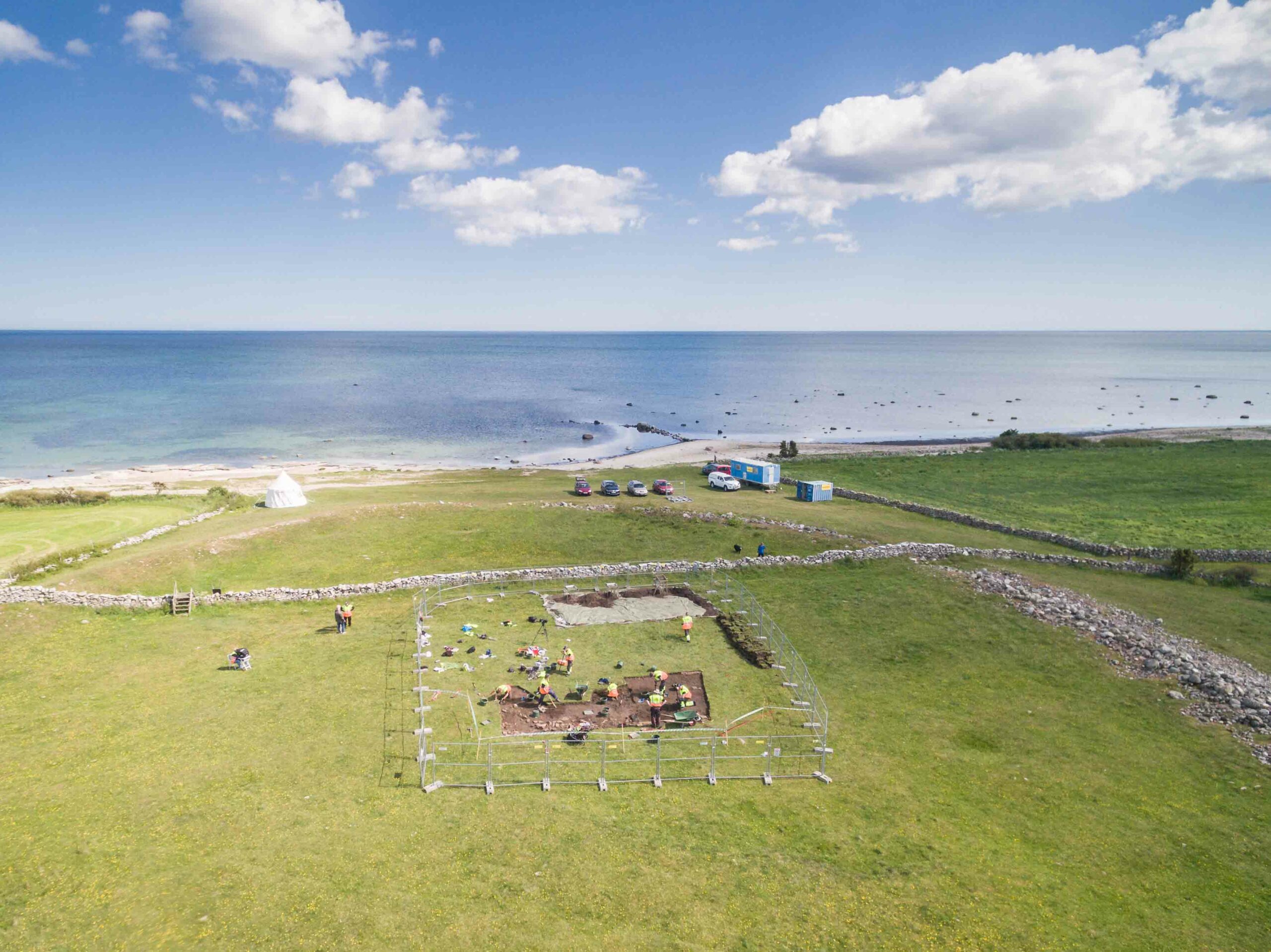NEW ORLEANS, LOUISIANA—At the Ocean Sciences Meeting, marine microbial ecologists Leila Hamdan and Jennifer Salerno of George Mason University and marine archaeologist Melanie Damour of the Bureau of Ocean Energy Management reported on their investigation into changes in the Gulf of Mexico since the Deepwater Horizon oil spill in 2010. According to an article in Live Science, they said that an estimated 30 percent of the oil from the spill was deposited in the deep sea, where there are more than 2,000 shipwrecks. Those wrecks support a variety of ocean life, from microorganisms to bivalves, corals, and fish. So far, their research suggests that certain oil-eating microbes are flourishing, and that such a change in the environment could speed up the corrosion of steel-hulled wrecks. “We are concerned that the degradation of these sites a lot faster than normal will cause the permanent loss of information that we can never get back,” Damour said. To read in-depth about shipwrecks in the Gulf of Mexico, go to "All Hands on Deck."
Scientists Study Microbes on Gulf of Mexico Shipwrecks
News April 8, 2016
Recommended Articles
Digs & Discoveries September/October 2012
Archaeology at 4,000 Feet
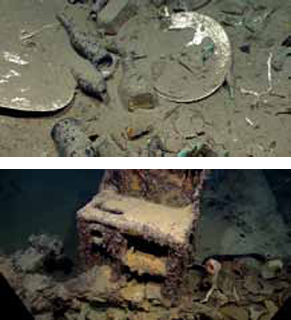
Digs & Discoveries November/December 2024
Nineteenth-Century Booze Cruise
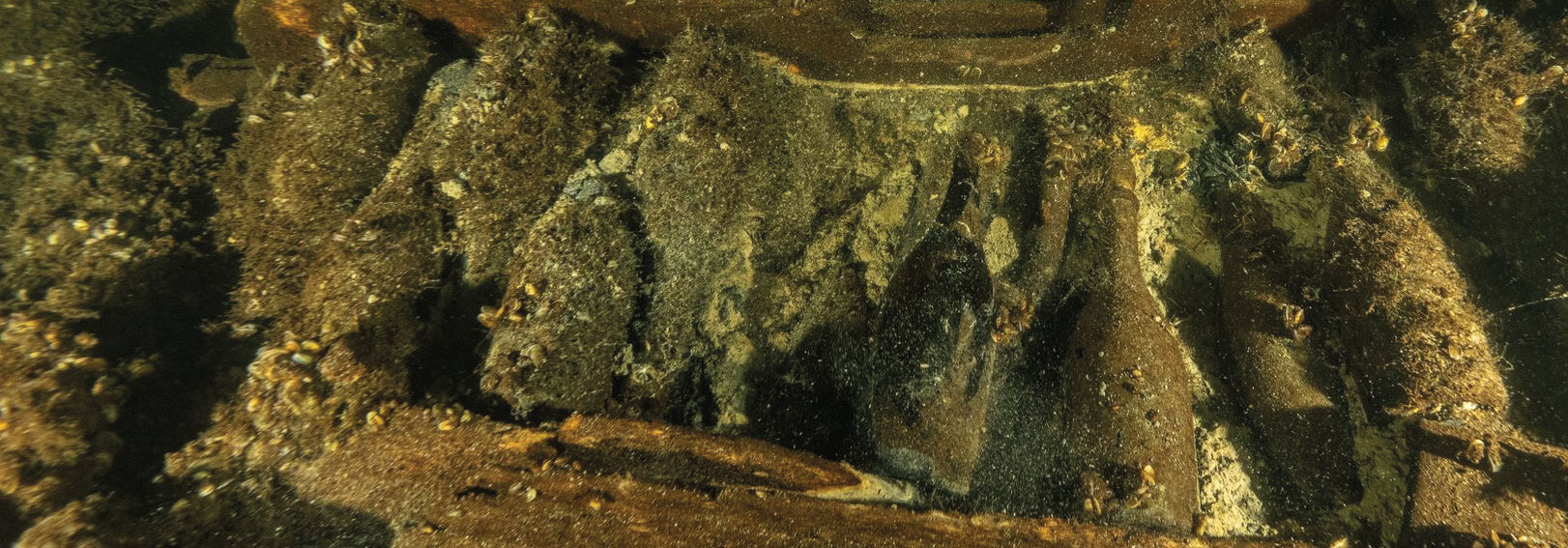
Digs & Discoveries September/October 2024
Shackleton's Last Try
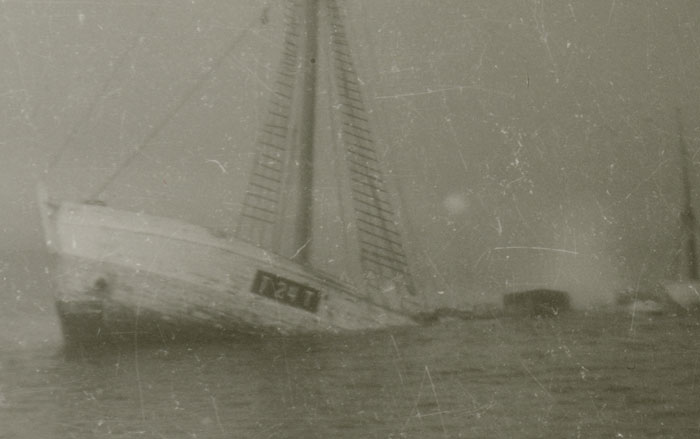
Digs & Discoveries September/October 2023
Sunken Cargo
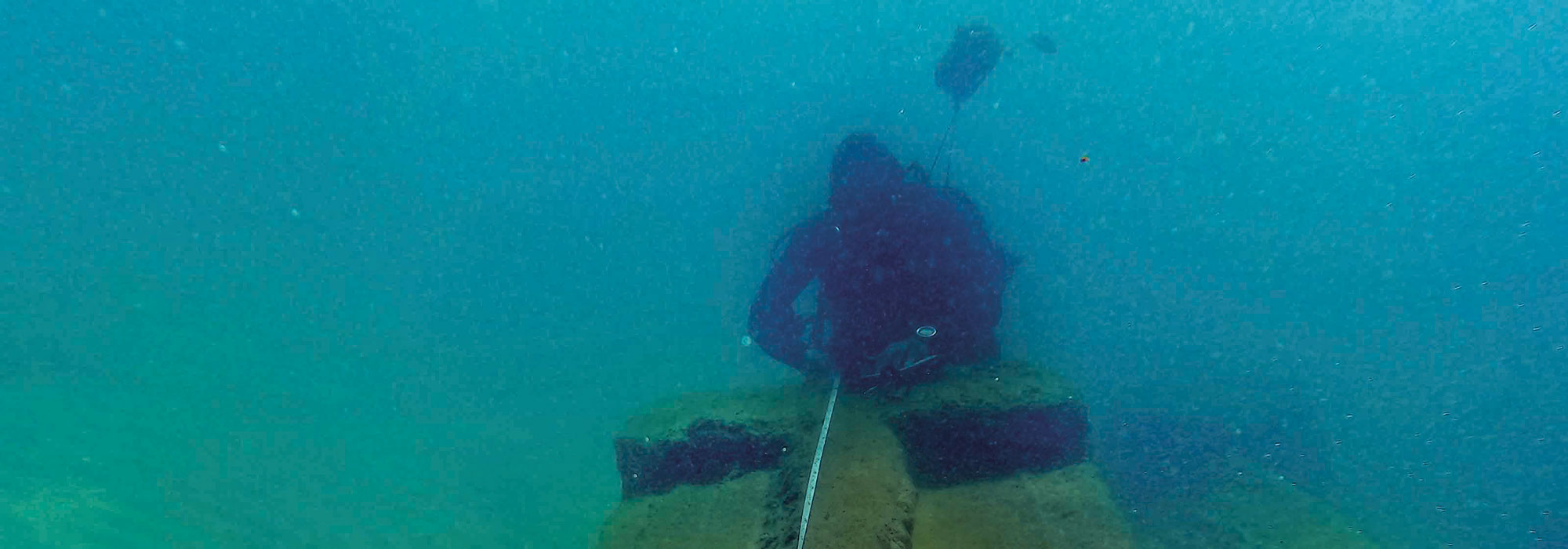
-
Features March/April 2016
France’s Roman Heritage
Magnificent wall paintings discovered in present-day Arles speak to a previously unknown history
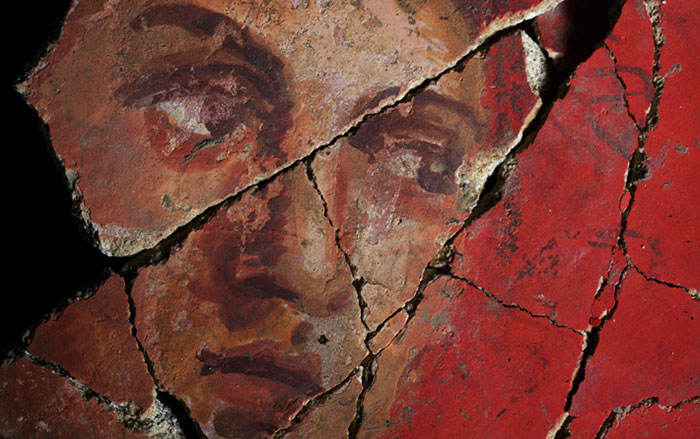 (Copyright Remi Benali INRAP, musée départemental Arles antique)
(Copyright Remi Benali INRAP, musée départemental Arles antique) -
Features March/April 2016
Recovering Hidden Texts
At the world’s oldest monastery, new technology is making long-lost manuscripts available to anyone with an Internet connection
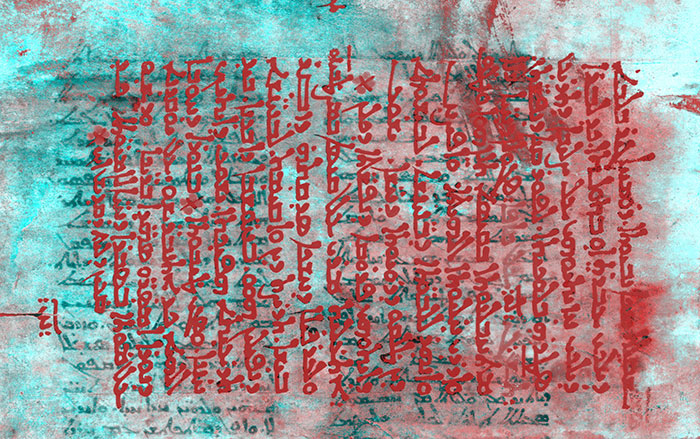 (Copyright St. Catherine's Monastery)
(Copyright St. Catherine's Monastery) -
Letter from Guatemala March/April 2016
Maya Metropolis
Beneath Guatemala’s modern capital lies the record of the rise and fall of an ancient city
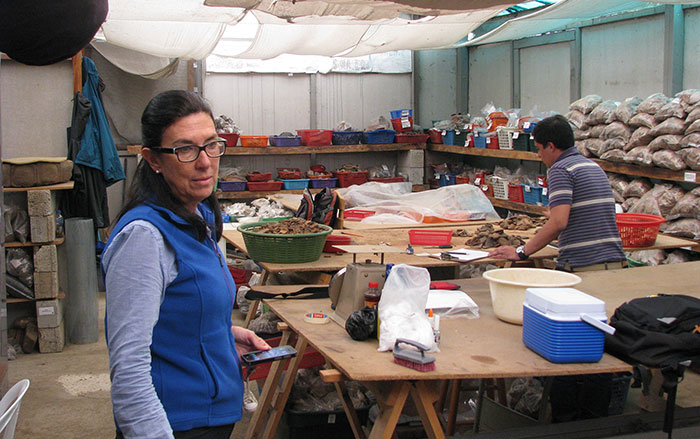 (Roger Atwood)
(Roger Atwood) -
Artifacts March/April 2016
Egyptian Ostracon
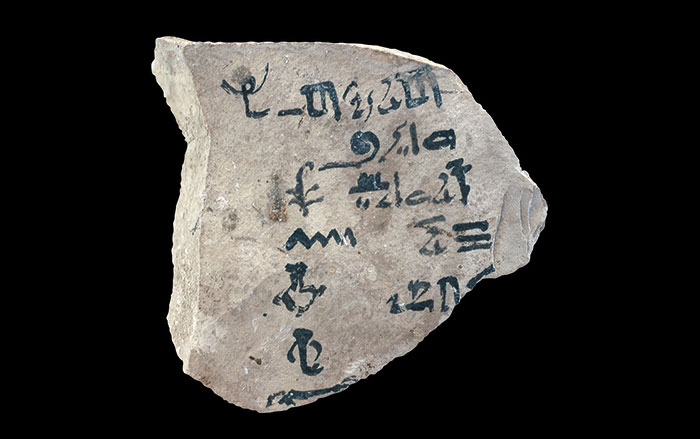 (Courtesy Nigel Strudwick/Cambridge Theban Mission)
(Courtesy Nigel Strudwick/Cambridge Theban Mission)


